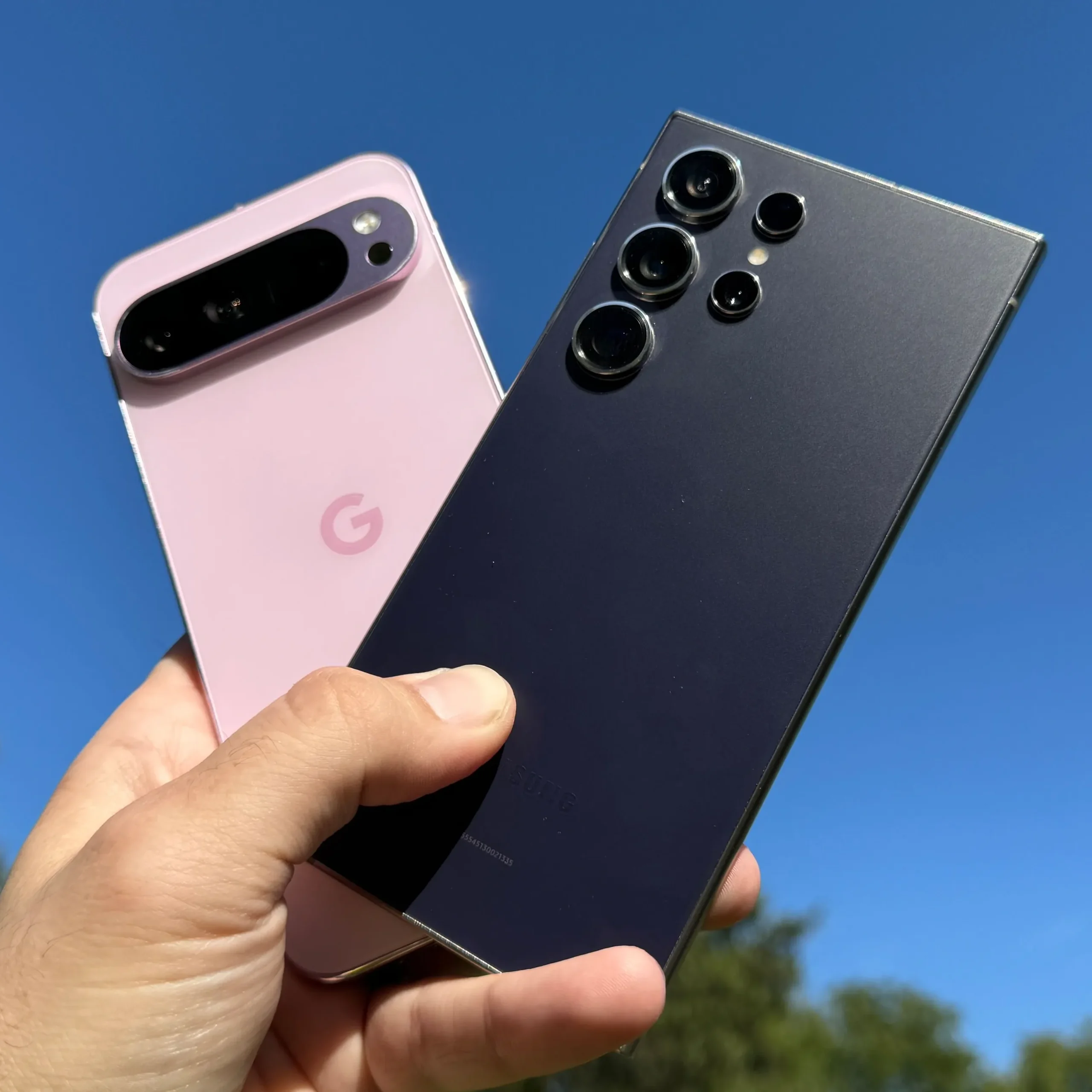Summary The EU’s Energy Labelling and Ecodesign Regulation for smartphones and tablets go into effect later this month.
It also mandates companies to put an energy label on their devices, highlighting the efficiency, battery longevity, and repairability scores.
Over the last few years, the European Union has directed smartphone manufacturers to make several changes to their product portfolios to benefit consumers.
Smartphones and tablets sold in the EU will feature an energy label From June 20 this month, the EU’s Energy Labelling requirements also go into effect.
The European Union claims that phones and tablets that adhere to its new energy regulations will help save nearly 14 terawatt-hours yearly by 2030.
An overview.
Later this month marks the implementation of the EU’s Energy Labelling and Ecodesign Regulation for tablets and smartphones.
They mandate that businesses offer software support for a minimum of five years after the date of their last sale.
Companies are also required to include an energy label on their devices that highlights the repairability, battery longevity, and efficiency scores.
The European Union has instructed smartphone manufacturers to alter their product lines in a number of ways over the past few years in order to better serve consumers. This includes establishing USB-C as the industry standard connector for a variety of consumer electronics, such as laptops, tablets, phones, and cameras. It even made Apple allow sideloading of apps and third-party App Stores. Now, later this month, the EU’s new Energy Labelling and Ecodesign Regulation directive will go into effect, prolonging the lifespan of smartphones and tablets as a whole.
Smartphones and tablets sold in the EU must meet the following design specifications as of June 20, 2025 (via European Commission).
protection from dust and water, as well as resistance to unintentional drops or scratches.
Batteries that are sufficiently robust to endure 800 cycles of charging and discharging while maintaining at least 80% of their initial capacity.
Regulations pertaining to disassembly and repair, which include requirements for manufacturers to provide essential spare parts within 5–10 business days and for seven years following the product model’s stop selling in the EU.
Operating system updates are available for longer periods of time (at least five years after the last unit of a product model is taken off the market).
Professional repairers should have nondiscriminatory access to any software or firmware required for the replacement.
These days, practically every mid-range and high-end phone has an IP rating, making it simple for them to comply with the EU’s new design guidelines. For up to seven years after they cease selling a device, the European Union will now mandate that businesses supply essential spare parts within ten working days. The lifespan of a phone or tablet should be greatly increased by this modification, which should also make user repairs simpler.
According to Heise Online, the Ecodesign Regulation also mandates that software updates be provided for a minimum of five years following the product’s last day of retail availability. Their timeline starts on the day of the device’s launch, but Google and Samsung offer seven years of OS updates for their flagship phones.
According to the new regulations from the EU, these businesses might have to either stop selling their older flagship models after two years or provide even more software support. Since Xiaomi and Honor currently only provide updates for a maximum of five years after the device’s launch date, the new directive will have a significant impact on these brands.
Existing devices will not be affected by these changes; they will only be applicable to new smartphones and tablets that go on sale on or after June 20, 2025.
In the EU, smartphones and tablets will have an energy label.
The EU’s Energy Labelling regulations also take effect on June 20 of this month. It requires manufacturers to put an energy label on their tablets and smartphones that includes information on repairability, battery longevity, dust and water ingress protection, and energy efficiency.
A to G will be the scale used to rate energy efficiency, where A represents the highest efficiency and G represents the lowest. Similarly, battery endurance in hours and minutes per full battery charge cycle must be stated by manufacturers.
According to the EU, by 2030, phones and tablets that comply with its new energy standards will contribute to an annual savings of almost 14 terawatt-hours.







